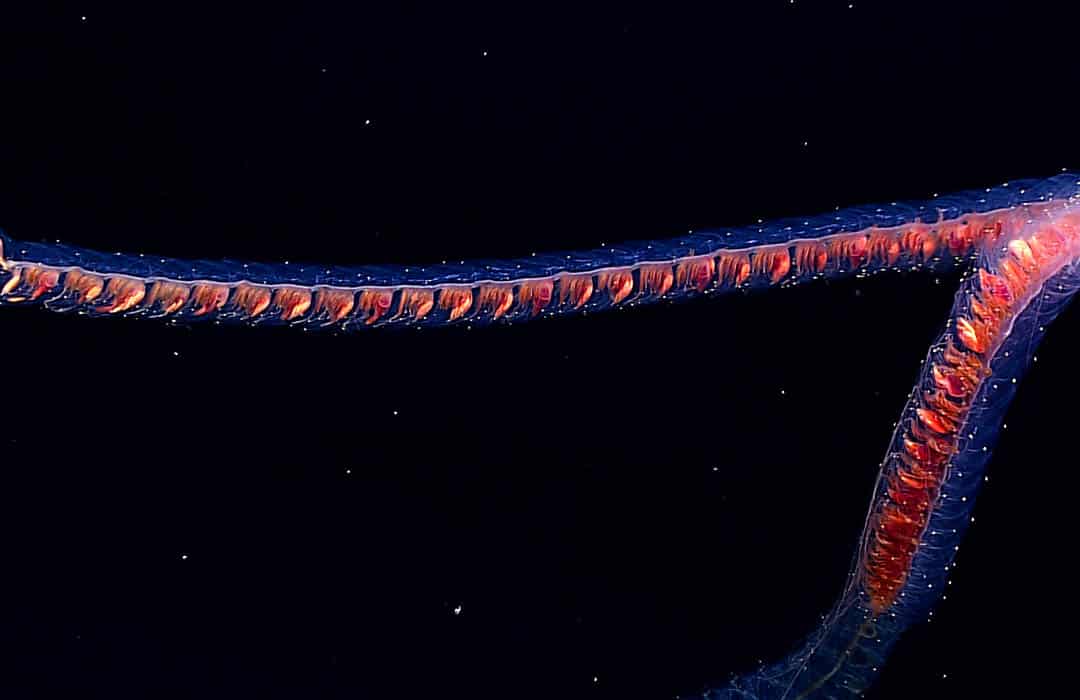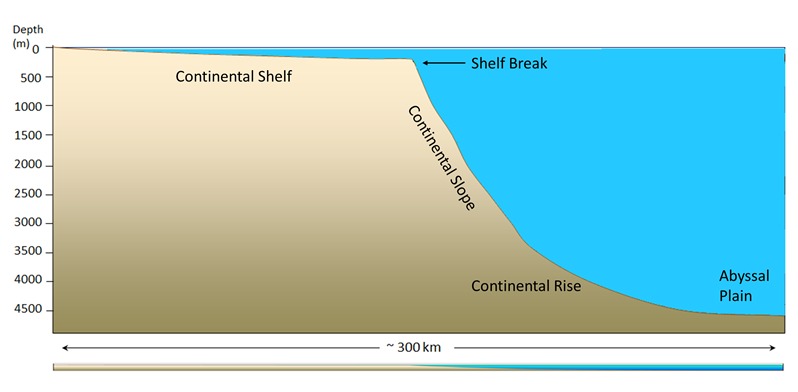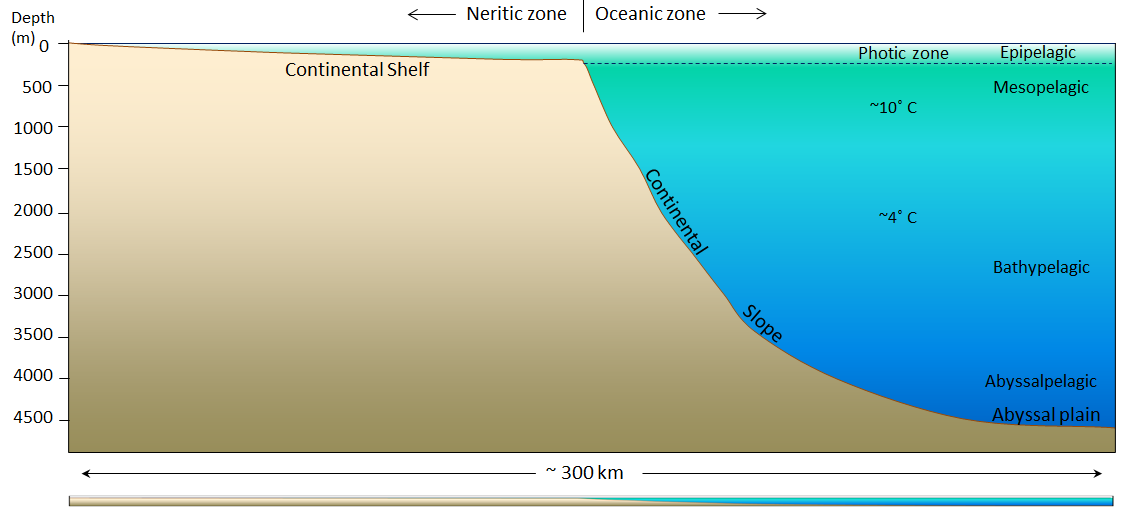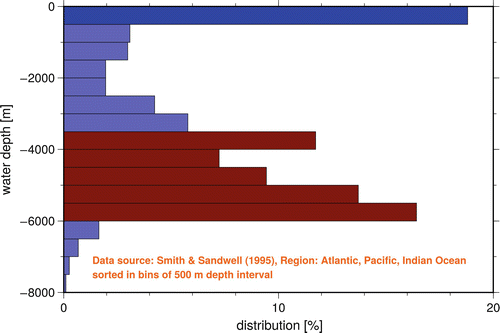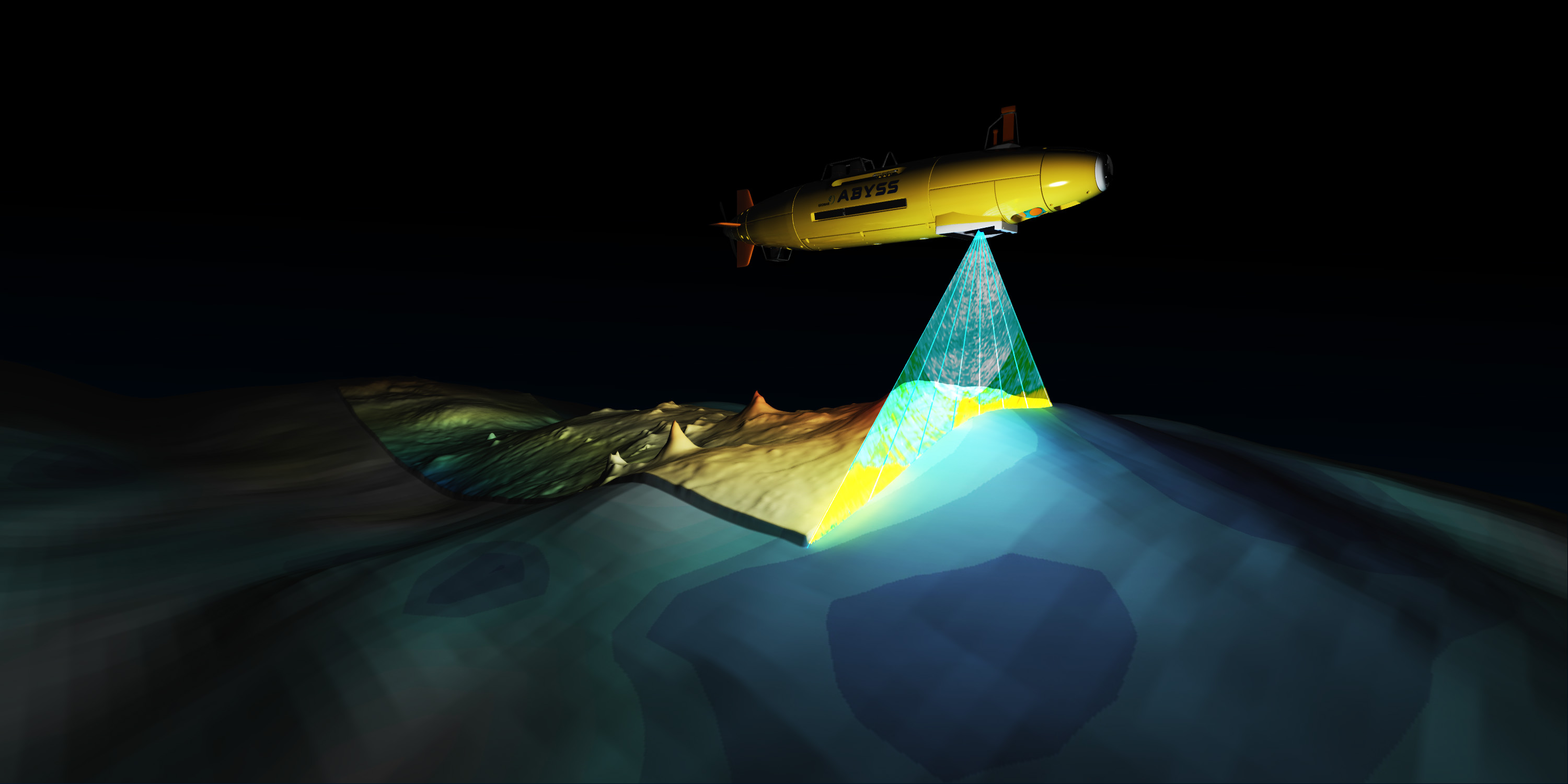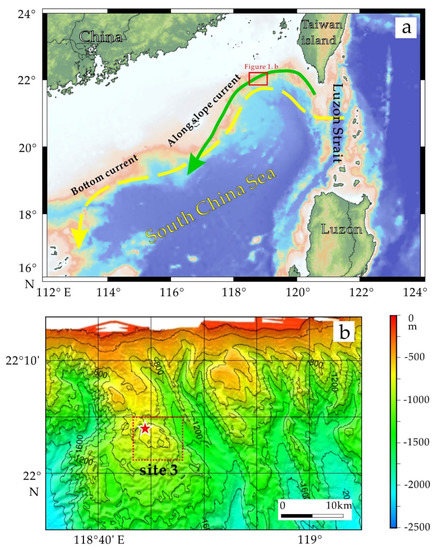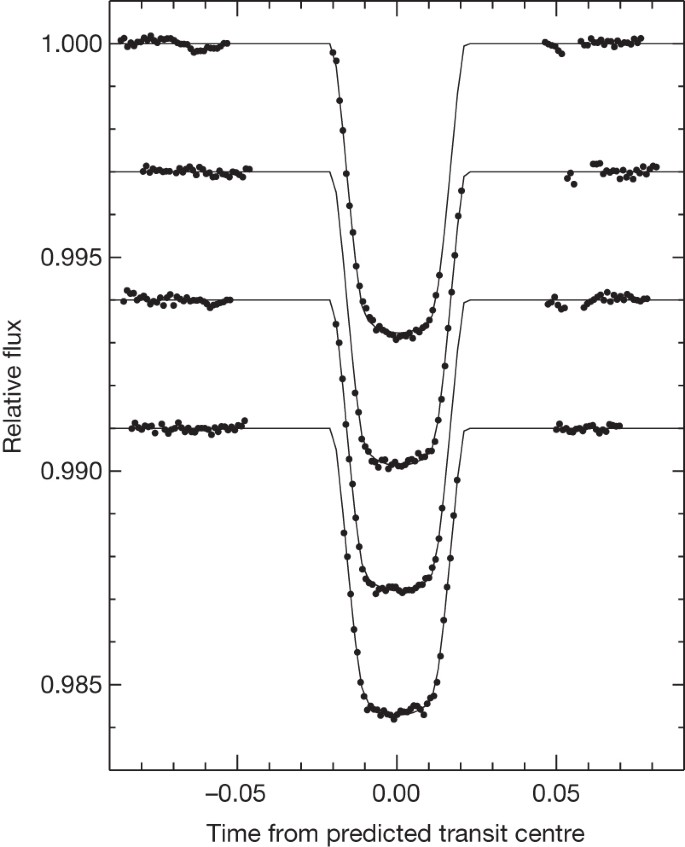The Deep Ocean Floor Is Flat And Narly Featureless
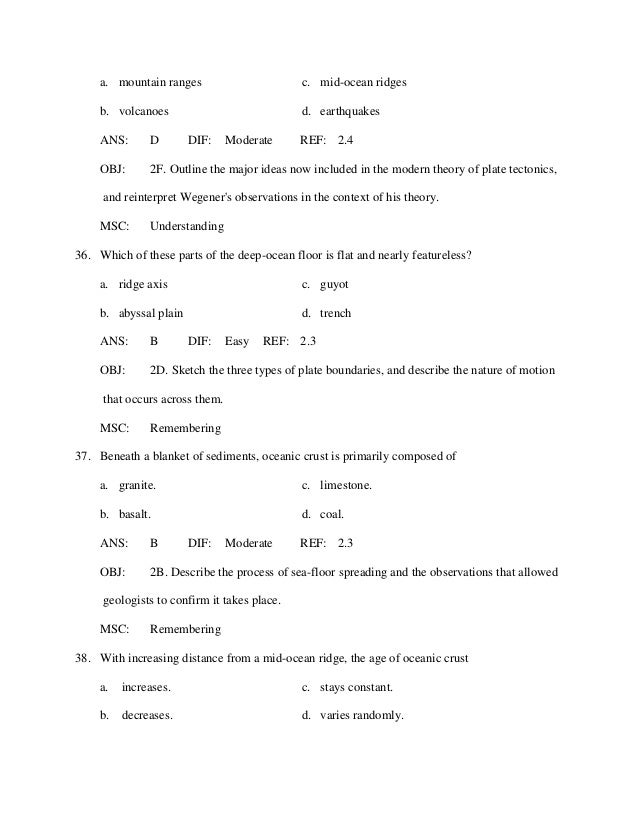
Look at figure 14 23.
The deep ocean floor is flat and narly featureless. Click card to see definition. The deep ocean floor is flat and nearly featureless. A geologist aboard a deep sea research vessel has collected several drill cores of oceanic crust from the bottom of the ocean. Abyssal plain question 11 1 out of 1 points correct at transform plate boundaries.
Temperature the lithosphere is cooler than the asthenosphere. None of the above are correct. This is where the new ocean floor comes from. Core a1 has 2 88 meters m of clay and siliceous ooze covering 4 86 m of pillow basalt.
The smooth flat regions that make up 40 of the ocean floor are the abyssal plain. Sunlight does not penetrate to the sea floor making these deep dark ecosystems less productive than those along the continental shelf. Both a and b are correct. If you follow the ocean floor out from the beach at the top left the seafloor gently slopes along the continental shelf.
This is the youngest part of the ocean floor that is. The deep ocean floor is flat and nearly featureless. But despite their name these plains are not uniformly flat. At depths of over 10 000 feet and covering 70 of the ocean floor abyssal plains are the largest habitat on earth.
The primary difference between lithospheric and asthenospheric mantle is. Which of these parts of the deep ocean floor is flat and nearly featureless. Correct which of these parts of the deep ocean floor is flat and nearly featureless. The ocean floor has topography as varied as dry land does.
The cores are collected in order from east to west along the bottom of the basin and are labeled a1 b1 c1 and d1 respectively. Abyssal plain regions of the sea floor with negative magnetic anomalies were formed during times when earth s magnetic field. The deep ocean floor is flat and nearly featureless. Rates of sea floor spreading are equal to sea floor consumption.
Plates slip past each other.


